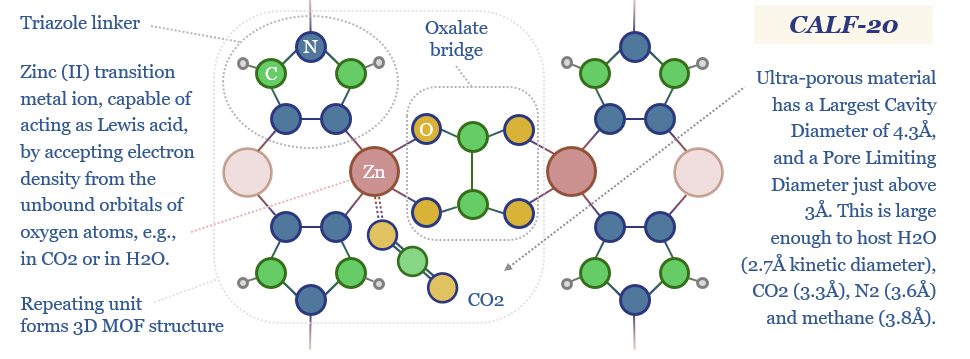Metal Organic Frameworks (MOFs) are a game-changer for industrial separation, which consumes c10% of global energy. Activity is surging. This 18-page report reviews MOFs’ recent progress and future promise. As a case study, CALF-20 can deflate CCS costs by c50%, per Svante’s TSA process, hence the note contains a deep-dive on this process.
Separating mixtures into their component parts is worth $300bn, absorbing 10% of global energy, and all the more so if CCS/DAC scale up in the future. Costs, energy intensity, CO2 intensity and challenges of separation processes such as refining, chemicals, LNG, hydrogen, biogas, desalination and CCS are summarized on pages 2-5.
Separation is inherently an energy-consuming process, to overcome the Entropy of Mixing, yet today’s industrial separations use 5-30x more energy than their thermodynamic minimum, as outlined on page 6.
Metal Organic Frameworks (MOFs) could be a game-changer for improving industrial separations. But what are MOFs? Why are there 10^15 MOFs in theoretical state space? What are some examples, advantages, disadvantages and costs for MOFs? Answers are on pages 7-9?
What motivated this research note was not simply desperation, due to slower progress and higher costs for many of the post-combustion CCS technologies we have been tracking. We have recently seen some fascinating technical papers, focusing in upon CALF-20, independently replicating claims made by Svante, and helping us to de-risk the idea that MOFs could gain traction for future CCS/DAC, as reviewed on pages 10-12.
What costs for MOFs in CCS? We can de-risk 50% lower CCS costs using MOFs rather than amines, when we take the numbers back to first principles, including the Langmuir Isotherms, MOF material costs, MOF capture rates (in tons of CO2 per year per kg of MOF) per pages 13-14.
Our company screen captures the building momentum behind leading companies in MOFs. Most of these companies are still at venture stage, and some are now reaching growth stage. For public market investors, the momentum of these companies may determine the market for other CCS-related technologies. Key companies and their recent progress are profiled on pages 15-18.
